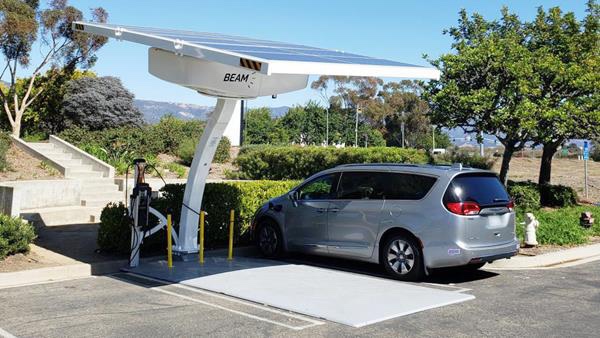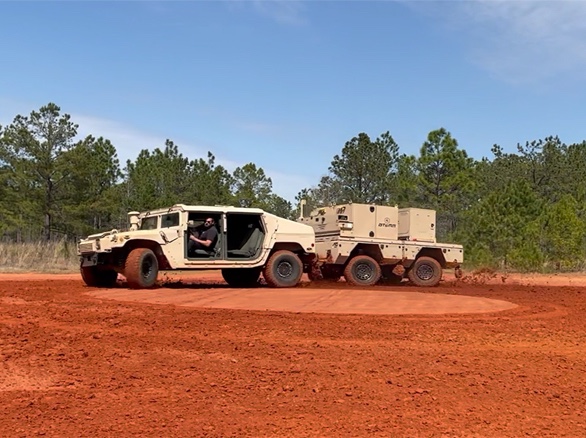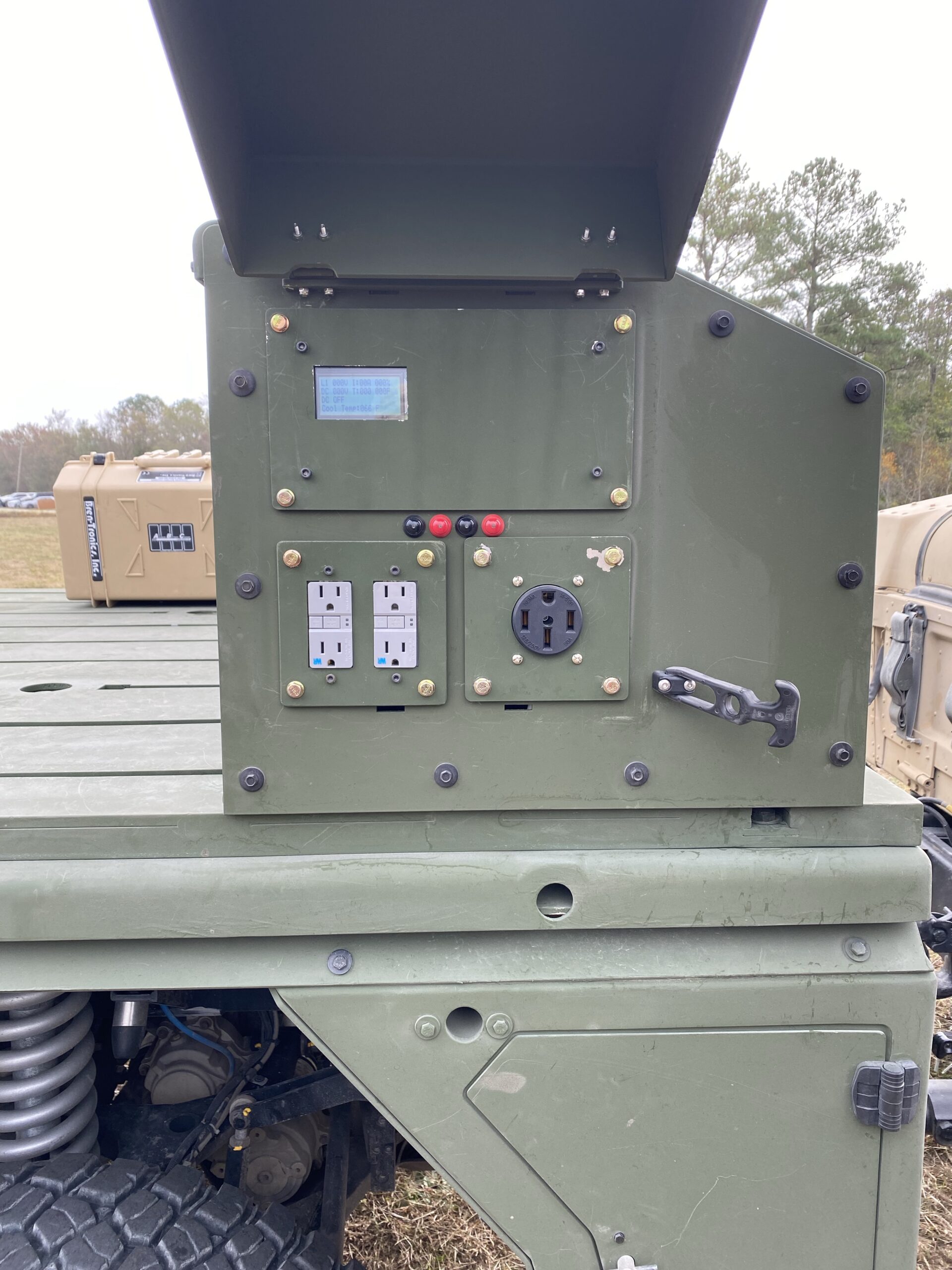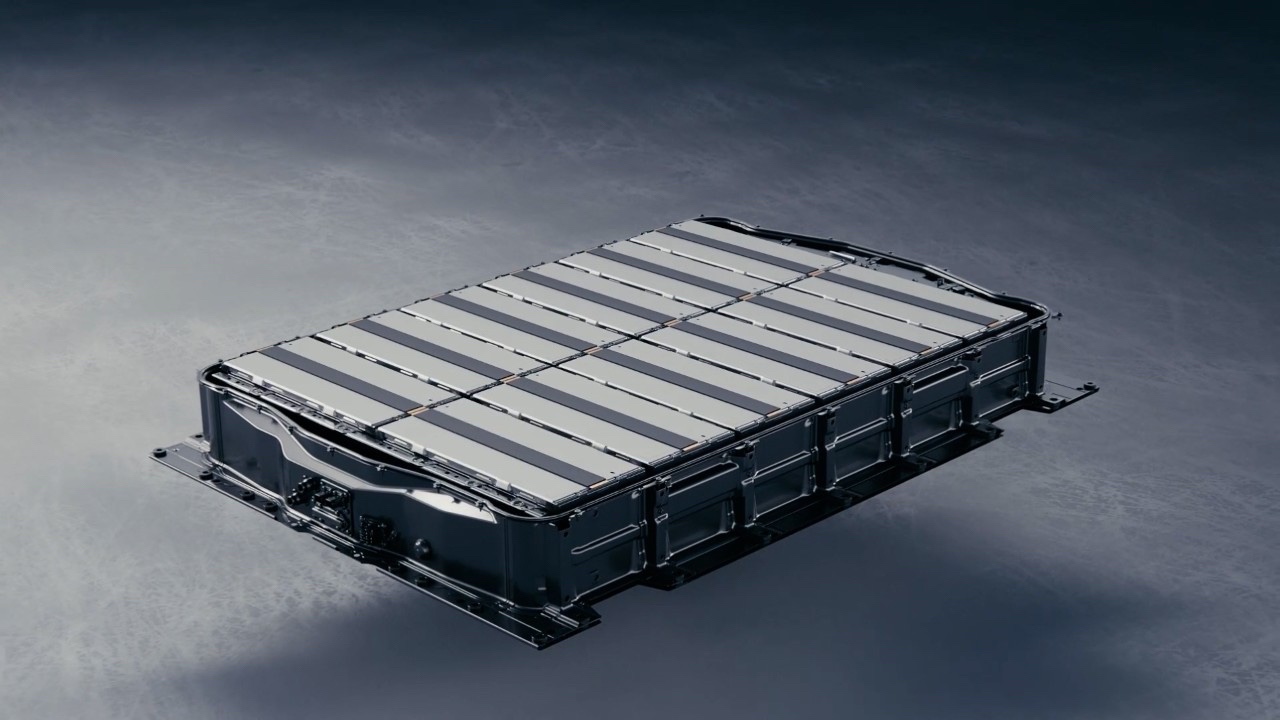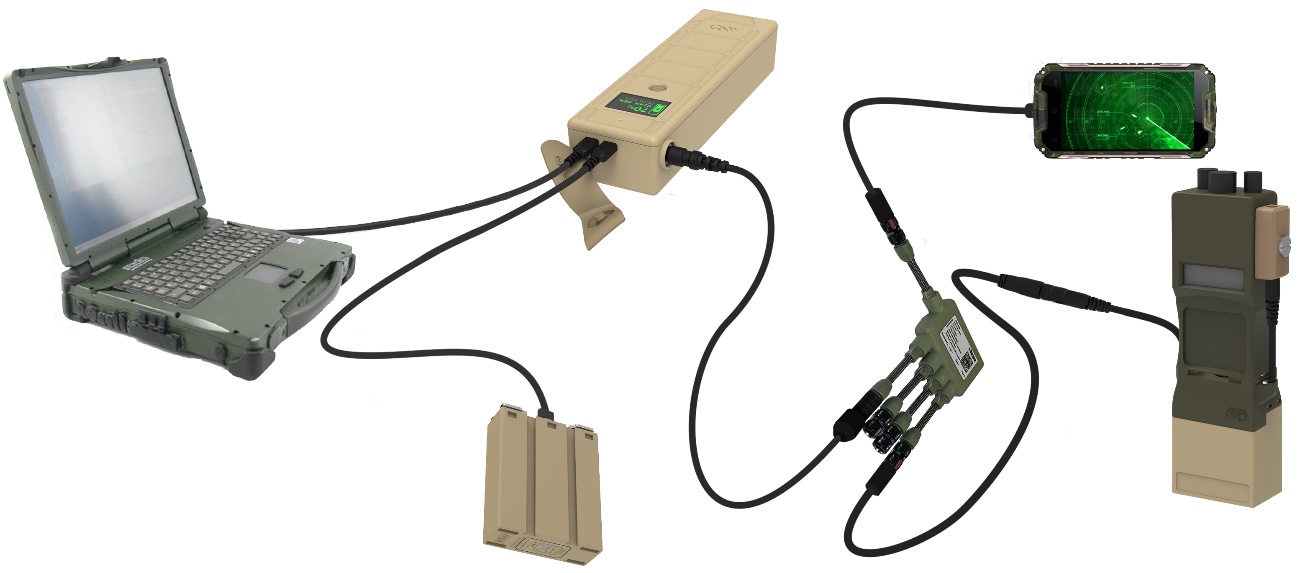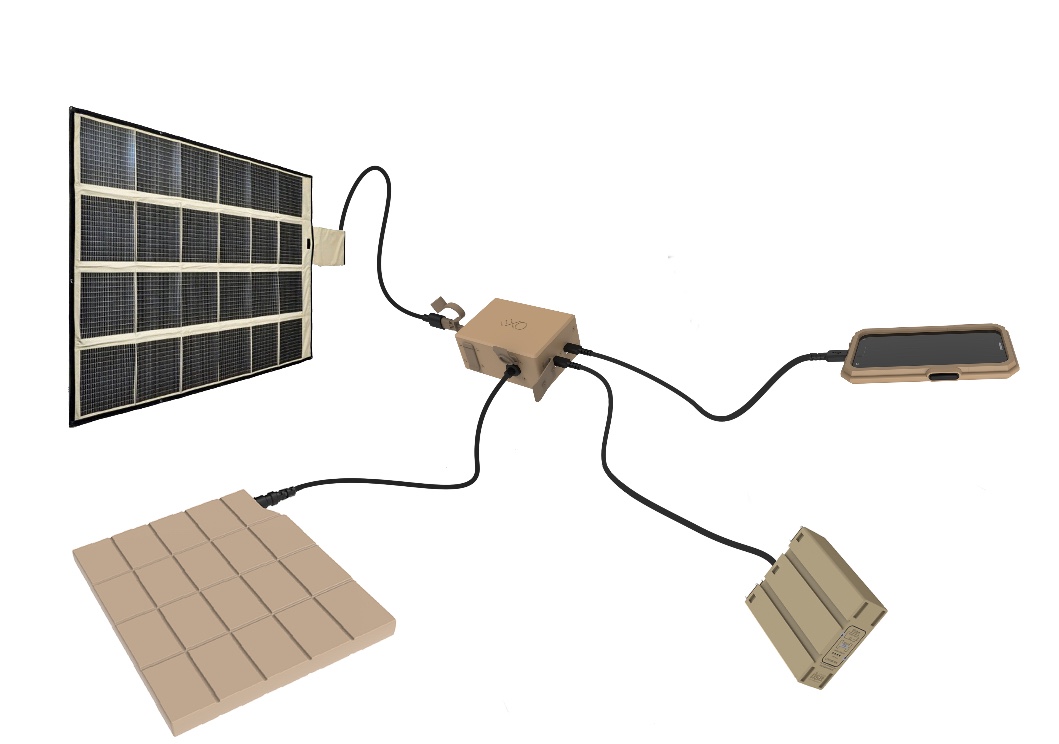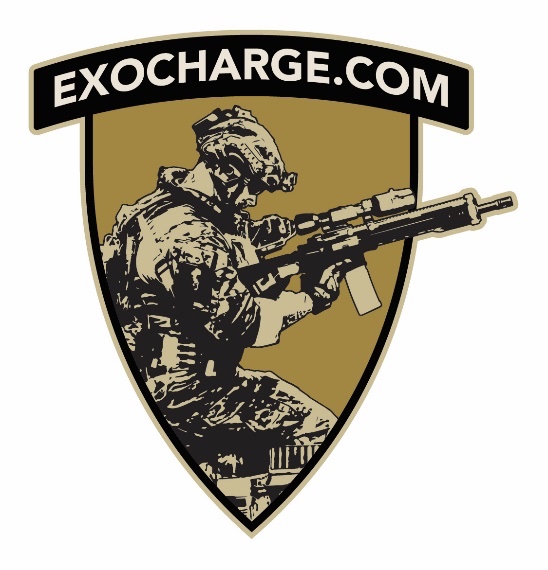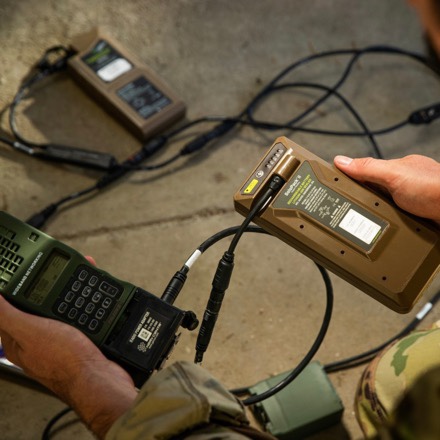The technology enterprise Rheinmetall AG has taken a further step on the path to achieving climate neutrality by 2035, its stated goal. Thanks to the Group’s strong commitment and the support of local authorities, last summer a large solar power plant was successfully installed on the roofs of factory halls at Rheinmetall subsidiary Pierburg SA in Abadanio, Spain.

The 1,635 solar modules installed on the roof are now producing solar power. Annual output is expected to be in the region of 730,000 kWh. According to company calculations, this sustainably generated energy will cut the plant’s climate-harmful CO2 emissions by 175 tons annually.
For the past twelve years, the company has been systematically pursuing a long-term action plan in Spain to reduce its climate footprint, having conducted its first energy audit in 2009. Ever since, the company has done its utmost to be an efficient producer while simultaneously protecting the environment and reducing emissions. Over the years, in addition to the latest installation, the company has successfully implemented measures that have also enhanced the efficiency and sustainability of other industrial processes. These include the introduction of a geothermal exchange system, the insulation of pipes, automatic control systems for fan heaters, automatic compressed air control systems and compressed air systems for leak detection, LED technology and intelligent lighting systems (KNX), as well as coolant filtration and briquetting systems.
This year, the plant has won acclaim from various private and public sector bodies for its commitment and ongoing successful implementation of measures to optimize the reduction of CO2 emissions. In 2014 Pierburg in Spain received special recognition from the Energy Department of the Basque Government, and a year later its energy management system was recognized for good practice as part of the EFQM award. And in 2016 the plant won special recognition from the CEBEC, the confederation of the most important companies in the Province of Bizkaia.


